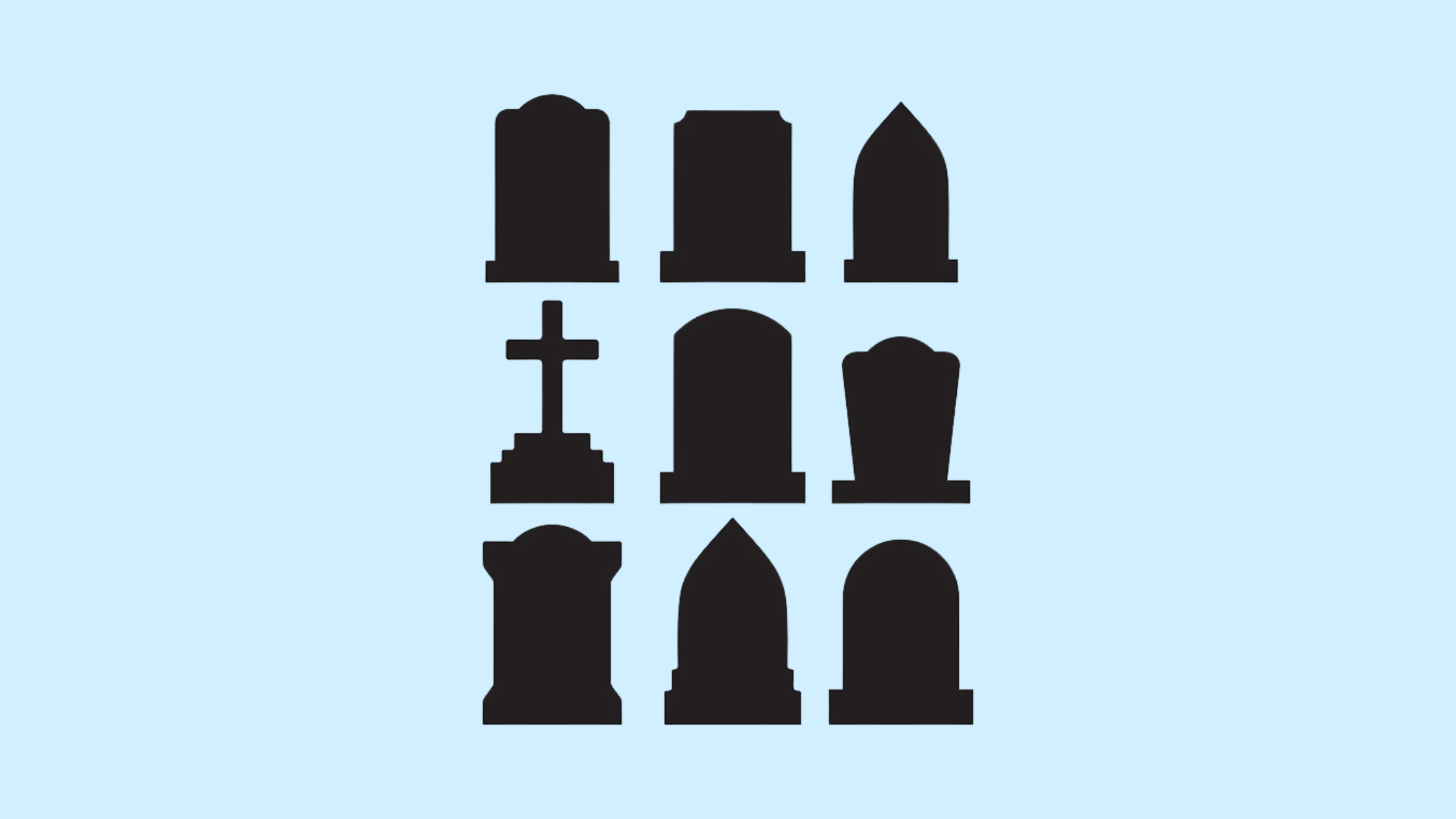The most common types of headstones are upright and wing headstones, slant or flat grave markers, and benches. Basic flat grave markers will cost roughly $500, while standard upright headstones will range between $800 and $5,000 depending on the type, material and design.
One of the most memorable aspects of visiting a cemetery is the wide assortment of headstones that mark the grave. While headstones serve as the address for the deceased when loved ones visit the grave, the stones are often decorative indicators of wealth and social class.
Several types of grave markers identify graves.
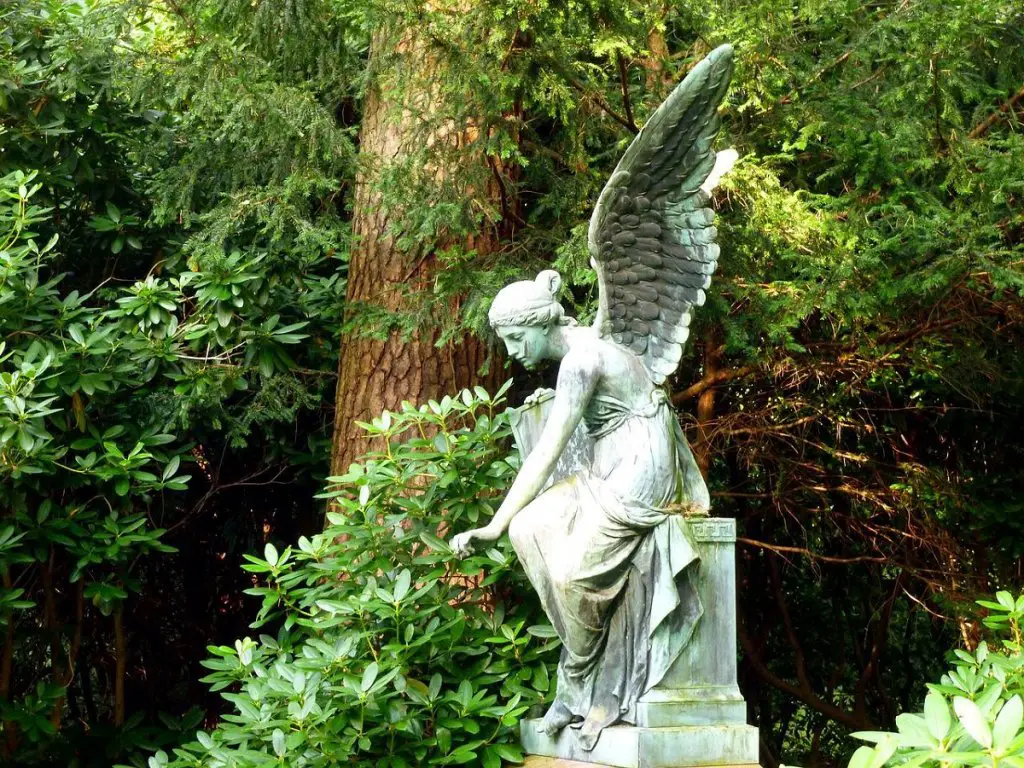
Table of Contents
The Language Of Marking The Grave
Are grave markers properly called tombstones, headstones, or gravestones?
Today, these three terms can be used interchangeably to describe the identifying marker on a grave. However, each term had a slightly different meaning over time.
“Gravestone” was first used in the 12th and 13th centuries, and its usage was popular between 1175 and 1225. It was defined as a large slab of stone laid over the top of a grave rather than the vertical markers we know today. By the early 1700s, it was synonymous with a grave marker.
“Tombstone” was first used around 1560 when coffins were often made from stone; the tombstone was the lid of a stone coffin. By 1711, the term was designated a grave marker. Modern Americans may associate the term with cowboy movies. However, the term is still used to describe an upright stone positioned at the head of a grave and inscribed with the birth and death dates of the deceased, along with an epitaph or likeness.
“Headstone” was first used in 1400 as a synonym for the cornerstone, which joins the exterior walls of rebuilding together. The cornerstone typically was inscribed with the beginning and end dates of construction, the names of the owner and architect, and other information about the building. In the early 1700s, the turn became associated with grave markers and, by 1775, was “an upright stone at the head of a grave.”
Currently, any of the three words can be used to describe a grave marker.
Types Of Headstones
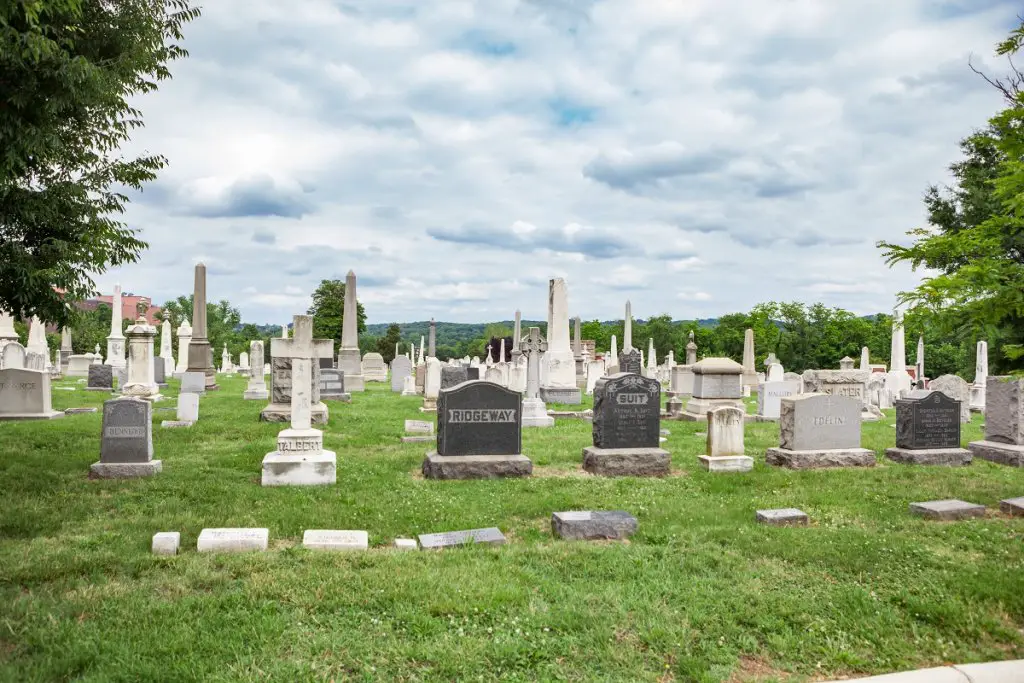
When human remains are buried, the gravesite is often identified with a marker, headstone (aka, gravestone or tombstone), or monument, while cremated remains are placed in an urn.
A marker is a flat headstone most easily read when standing over it. Some versions have a slight angle (known as a bevel top) for easier reading. The stone is big enough to contain the name of the deceased, dates of birth and death, and a brief inscription. This type of marker is the most economical to purchase, and because they make cutting cemetery lawns easier, cemetery ground crews prefer them.
An upright headstone stands erect on the ground to allow passersby easy identification of the remains. Often made of granite, upright headstones include basic information about the deceased along with a longer inscription. When family members are buried in adjacent graves or purchase a family plot, it is common to have one headstone.
Larger headstones are considered to be monuments. While they may just be bigger versions of standard headstones, they may have different shapes and sizes and include figures such as angels, saints, or animals who are symbolically watching over the deceased.
Monuments are common embellishments on the graves of famous people, but anyone can have a monument erected in their honor. However, cemeteries may have rules about the height allowed on their grounds. The obelisk-shaped Washington Monument, which is 500 feet tall, would not be permitted in most graveyards!
For those who are cremated, particularly those who want their remains on display, decorative cremation urns make for a great presentation. Often, the family orders a commemorative plaque to mark the site of urn burial or identify the remains in benches, columbarium niche doors, boulders, flat or upright monuments, cremation memorials, and statues.

As a visit to the website of any stonecutter or monumental mason specializing in headstones and monuments shows, any of these types of gravestone markers can be created in various materials, designs, and embellishments. Some stones are even painted.
There are many variations on basic types of headstones. Slant markers, for example, are angled like a flat headstone and raised 12″ -16″ from the ground. Another popular style is the bevel marker which is slanted 2″. Either of these styles stands out at more reasonable costs than monuments.
Given that markers, headstones, monuments, and even urns are meant to last indefinitely, a family who has laid a loved one to rest usually decides on the proper great worker. Many people resort to temporary markers until they have decided exactly what they want.
Headstone Materials
Granite is one of the most popular stones used for headstones; granite is hard and requires a skilled craftsman who can create any artwork or epitaph through computer-controlled rotary bits and sandblasting techniques.
This versatile material comes in tones such as blue pearl, grey, mahogany colored granite, red, rose, white, and black. Pricing varies with the quality of the stone and even the color. Blues, black, and reds are more expensive than other colors. The rarest granites are combinations of colors, such as red and blue, that are not often found together in nature. Van Gogh granite, aqua blue, and mint green with burnt orange veining are the rarest and most costly.
Some monument manufacturers specialize in granite monuments. Granite grave markers are also fronted with a bronze plate that bears the lettering and design work.
Other materials commonly used include:
- Limestone and Marble. As it can be easily carved, limestone was a popular gravestone material in England. As it can disintegrate and become unreadable after acid rainfall and weathering, marble, a recrystallized form of limestone, became a popular though expensive material for headstones.
- Fieldstones. Rocks and stones found in nature were popular in Northern Europe as gravestones.
Designs were often carved into the stones with a metal awl. This type of marker is experiencing new popularity as the natural burial trend is catching on. - Slate. Common in colonial New England, slate was a popular material for monuments. The texture is pleasing, and it takes lettering well. As it is rather porous, it is subject to delamination like sandstone.
- Schist. A medium-grained metamorphic rock, shist is composed of mineral grains that are easy to see with a lens. The rock is easy to split, and while it takes lettering well, the carving must be deep to ensure that the lettering will last. Monuments made of schist have withstood centuries.
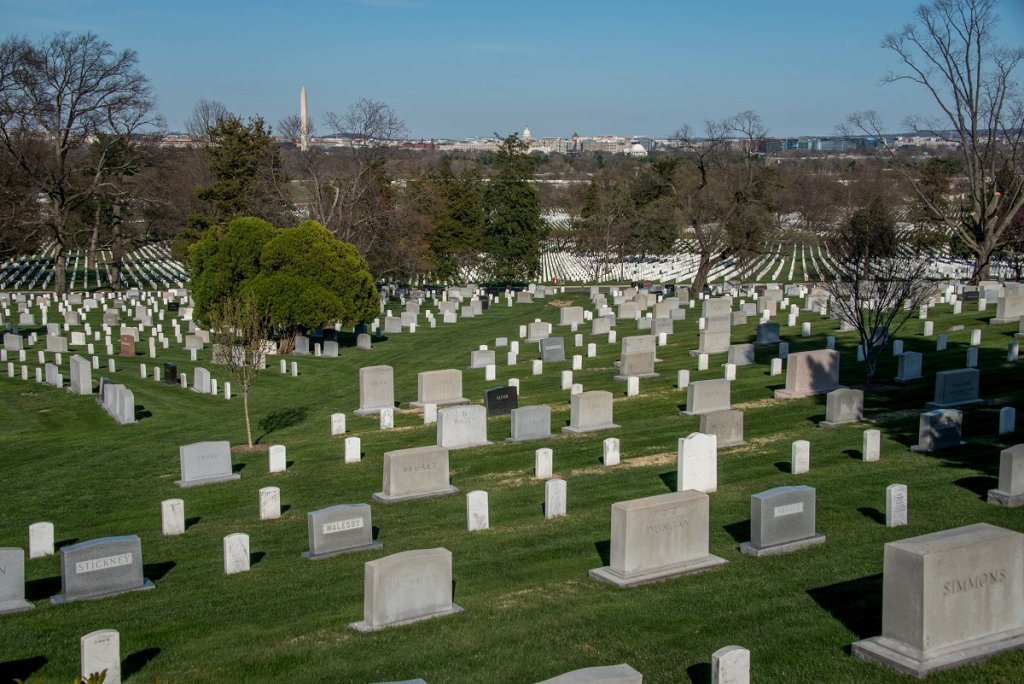
Headstone Design
A gravestone can be a simple rectangle, but headstones often incorporate custom shapes and other design elements.
Tops can be cut to be straight, oval, serpentine, ridged (so they look like a gable on the house), or apex (where they come to a point in the middle.) The sides can be straight, concave, convex, tapered, or reverse tapered.
Monuments can even be designed in custom shapes of your choosing and requested shapes of angels, hearts, crosses, and trees.
The stones can contain lettering but also many designs. What’s popular in funeral design work has changed over time from skulls to an array of religious, floral, angel, family heritage, sports, hobbies, emblems, logos, hearts, and wedding ring designs. A monument company will typically show you a book or chart of standard designs, although you can choose your symbols.
Also, using modern computer technology, stone cutters can add custom etchings, portraits, bar relief designs, sculptures, and inscriptions to any monument.
How Much Are Headstones?
Headstone pricing is based on the type and quality of the material, as well as the designed design elements. Ballpark pricing at an average monument company might be similar to that is shown below from Rome Monuments in Pennsylvania.
Headstones can dramatically increase funeral costs.

More basic headstones will do the job, but many custom upgrades may memorialize your loved one as you prefer. The more detail a headstone or monument has, the higher the price.
While $10,000 is the maximum that most people in the US spend on a cemetery monument, some wealthy families might spend more than $100,000 on a family or a state monument crafted of the best granite.
Cemetery Rules For Headstones
Before purchasing a burial plot in a specific cemetery, it is wise to familiarize yourself with the cemetery’s rules regarding headstones and markers. Some cemeteries aim for a standardized look, so they have stringent rules for headstone design.
According to American Headstones, there are several things to remember before purchasing.
- Ask for a written copy of cemetery rules and regulations. Not only will you learn the information you need to know about visitation hours, grave decorating, and accessibility, but you will also learn the requirements for grave markers.
- What are the size requirements of markers in different sections within the cemetery?
- What materials must monuments and headstones be made of? Do they allow both granite and bronze structures? Do bronze markers need a granite base?
- What is the minimum and maximum size monument you can use?
- Does the cemetery require emblems or engravings on the stone? Some require a cross plus the grave location.
- Are there any color restrictions in this cemetery section you were interested in?
- Are photographs allowed on the stones? Can they be in color or in black and white only?
- What type of edge does the marker need? Common choices include a 2″ bevel, 2″ sanded border, lawnmower-proof edge, or 2″ -3″ cement border.
- What are the setting fees to install the stone? Cemeteries typically want to install the markers to ensure a uniform look and easy maintenance.
- What paperwork needs to be filled out before the marker is delivered? Some cemeteries will refuse to accept delivery of the stone if you have not completed the proper forms.


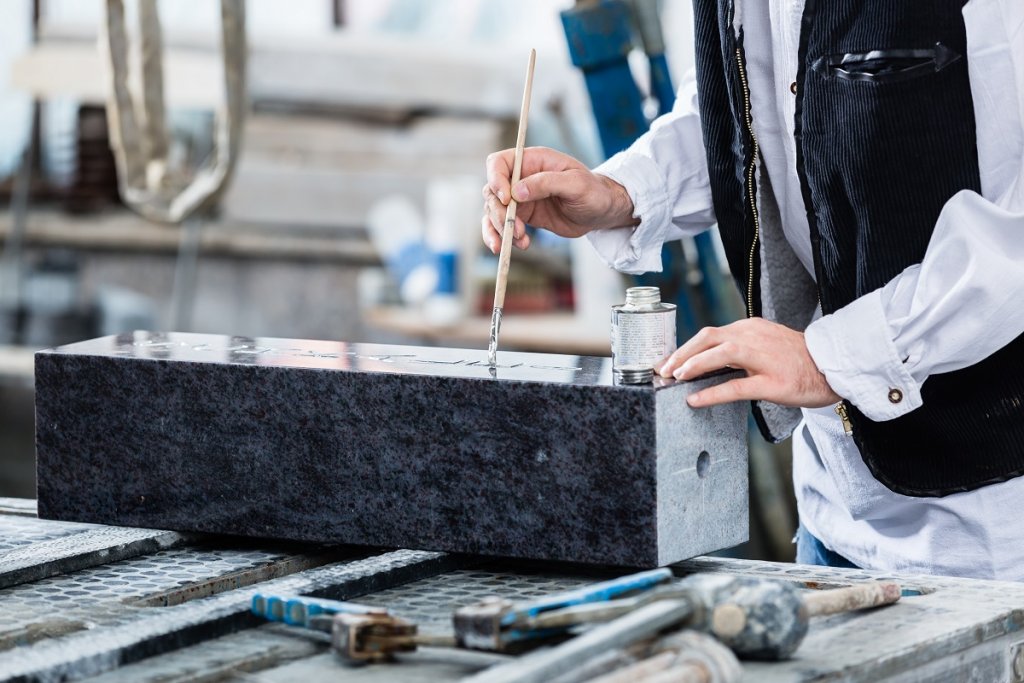
Buying A Headstone
Many families know that the grave of their loved one will need a headstone, but headstones are typically not ordered and installed right after the funeral. The ground needs time to settle after burial. After paying for the funeral, many families are tapped out, both emotionally and financially. Waiting 6-12 months before ordering a headstone is a good idea.
When the time is right, you can buy a headstone through the funeral home, the cemetery, or a memorial provider. Many companies have a strong online presence and offer online tools to plan what you want and consultants to help design and select the right headstone, monuments, cremation benches, or urn stands.
Completing your order may take several weeks as the stonecutters carefully fashion your stone using computerized cutting tools. The company usually sends the finished headstone monument to the cemetery, which installs it safely and carefully.
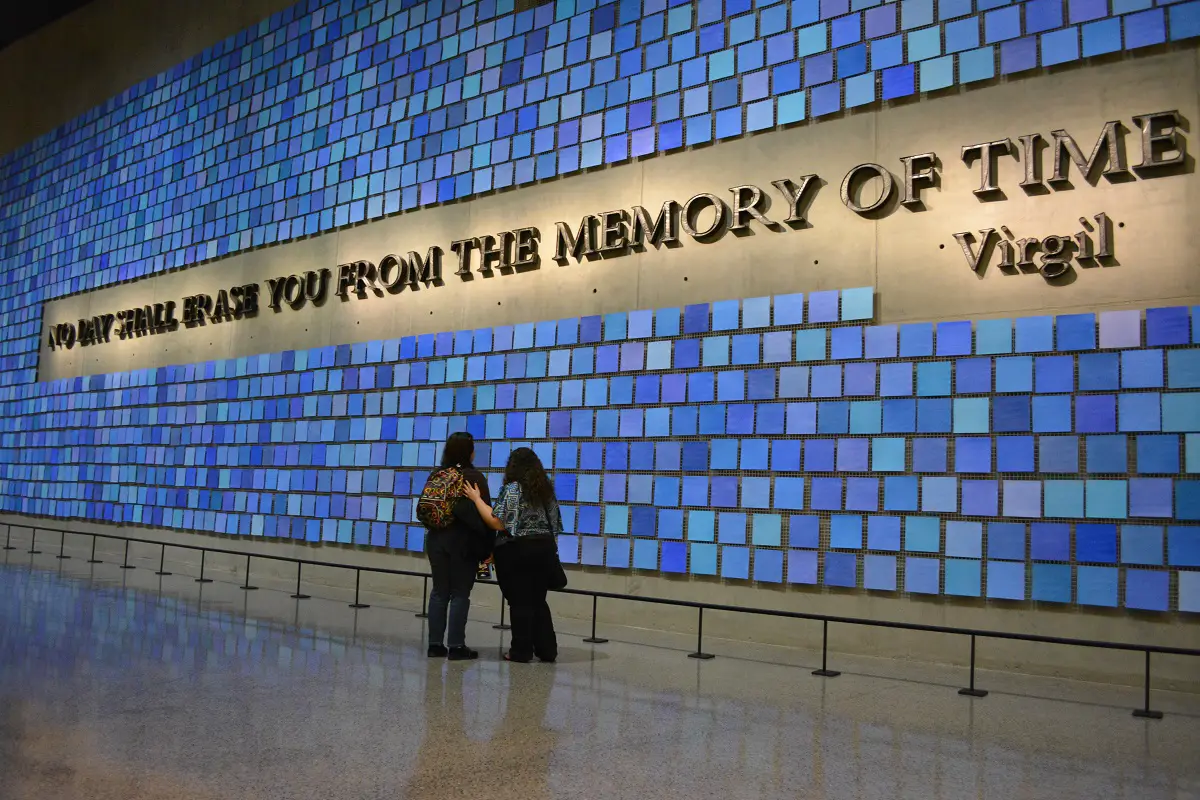
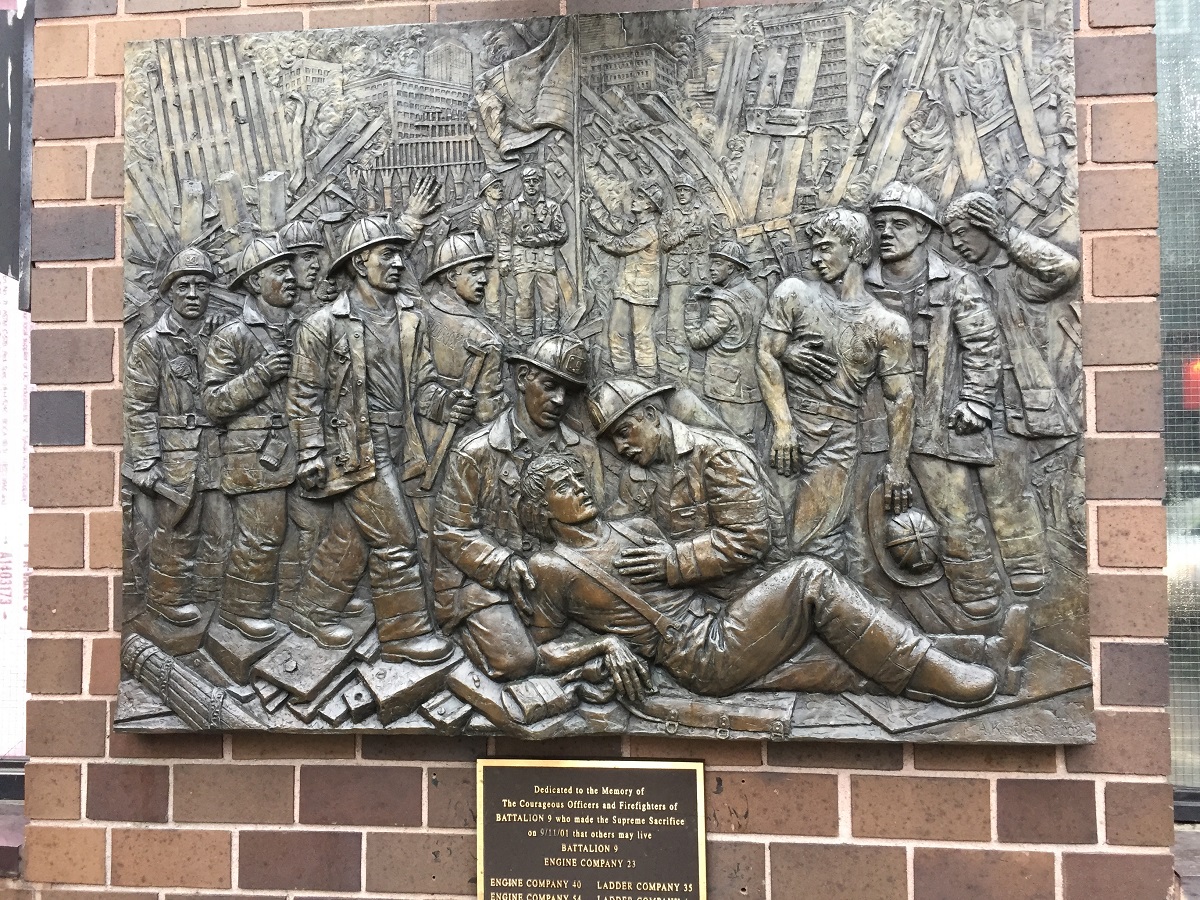

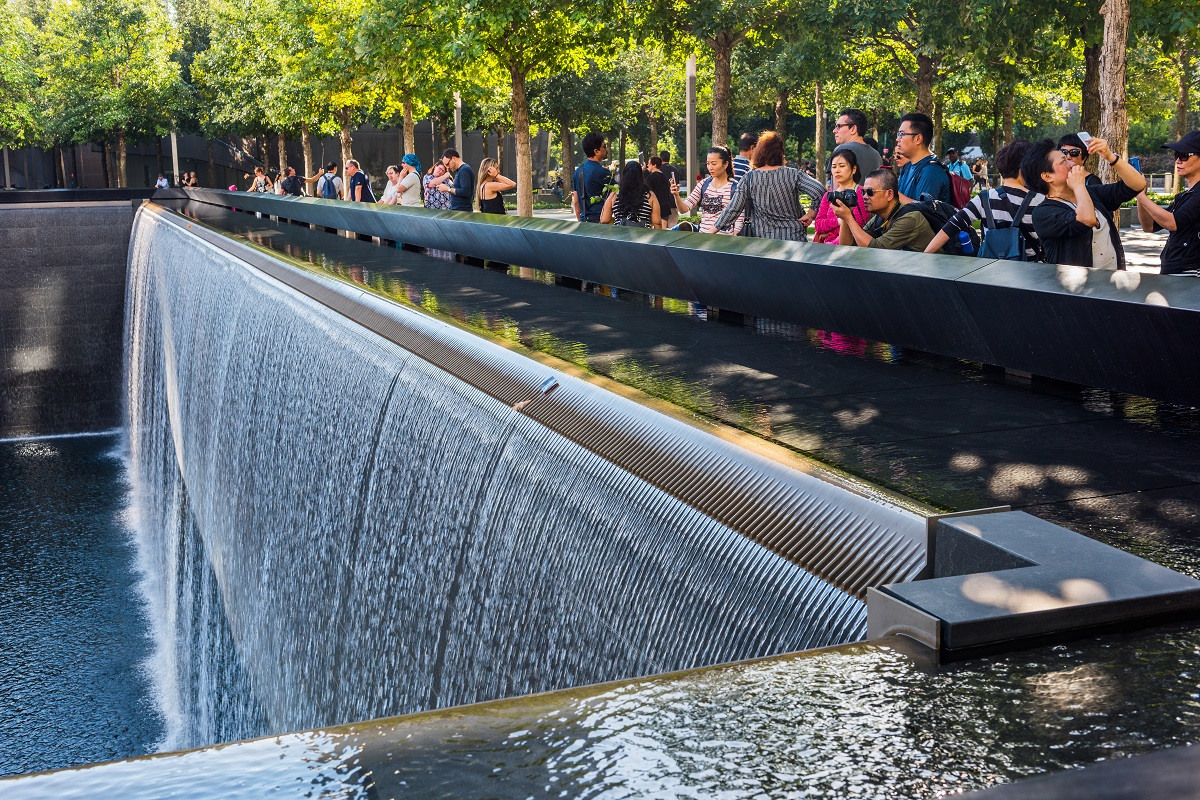
Monuments As Art
Headstones and monuments are considered funerary art. The design and decorative embellishment placed on tombs, gravemarkers, war memorials. and mausoleums mark the resting place of an individual or group or honor those who died in a mass tragedy. The 9/11 Memorial and the Vietnam War Monument are two examples of funerary art in the US. Still, throughout the world, there are many examples of monuments commemorating wars and the Holocaust.

Epitaphs That Represent The Deceased
One of the most interesting things about walking through a cemetery is reading the inscriptions others have placed for their loved ones.
Some may choose Bible verses or famous quotes for the graves of their deceased family members or label the grave as “Mother,” “Father,” “Beloved Husband,” or “Precious Daughter.” Others may add a unique statement.
- “I’ll never get out of this world alive.” – Hank Williams
- “I am ready to meet my Maker. Whether my Maker is prepared for the great ordeal of meeting me is another matter.” – Winston Churchill
- “Workers of all lands unite. The philosophers have only interpreted the world in various ways; the point is to change it.” – Karl Marx
- “Here lies Lester Moore. Four slugs from a 44, no Les, no more.” – Lester Moore
- “My Jesus, mercy” – Al Capone
- “The best is yet to come.” – Frank Sinatra
- “This is the last of Earth! I am content!” – John Quincy Adams
- “Well, this was fun, let’s do it again sometime.” – Quniaron Bellthing
- “That’s all, folks!” – Mel Blanc
- “Don’t Try” – Charles Bukowski
- “Murdered by a traitor and a coward whose name is not worthy to appear here.” – Jesse James
- “Nothing’s so Sacred as Honor and Nothing’s So Loyal as Love” – Wyatt Earp
- “I had a lover’s quarrel with the world” – Robert Frost
- “Cast a cold eye on life, on death. Horseman, pass by!” – W. B. Yeats
- “Hey Ram” (Translated “Oh, God”) – Mahatma Gandhi
- “Free at last. Free at last. Thank God Almighty I’m Free At Last.” – Martin Luther King, Jr.
- “Truth to your own spirit” – Jim Morrison
- “Norton I Emperor of the United States and Protector of Mexico” – Joshua A. Norton
- “Never born, Never died: visited the planet earth between December 11, 1931 and, January 19, 1990.” -Osho
- “Curiosity did not kill this cat.” – Studs Terkel
- “I told you so, you damned fools.” – H. G. Wells
- “Against you I will fling myself unvanquished and unyielding, O Death!” – Virginia Woolf
- “Here lies Johnny Yeast. Pardon me for not rising.” – John Yeast
- “3.14159265358979323846264338327950” – Ludolph van Ceulen
- “Jack Lemmon in..” – Jack Lemmon
- “She did it the hard way.” – Bette Davis
- “Here lies George Johnson, hanged by mistake 1882. He was right, we was wrong, but we strung him up and now he’s gone.” – George Johnson
- “There goes the neighborhood.” – Rodney Dangerfield
- “Called back.” – Emily Dickinson
- “I will not be right back after this message.” – Merv Griffin
- “I never met a man I didn’t like.” – Will Rogers

